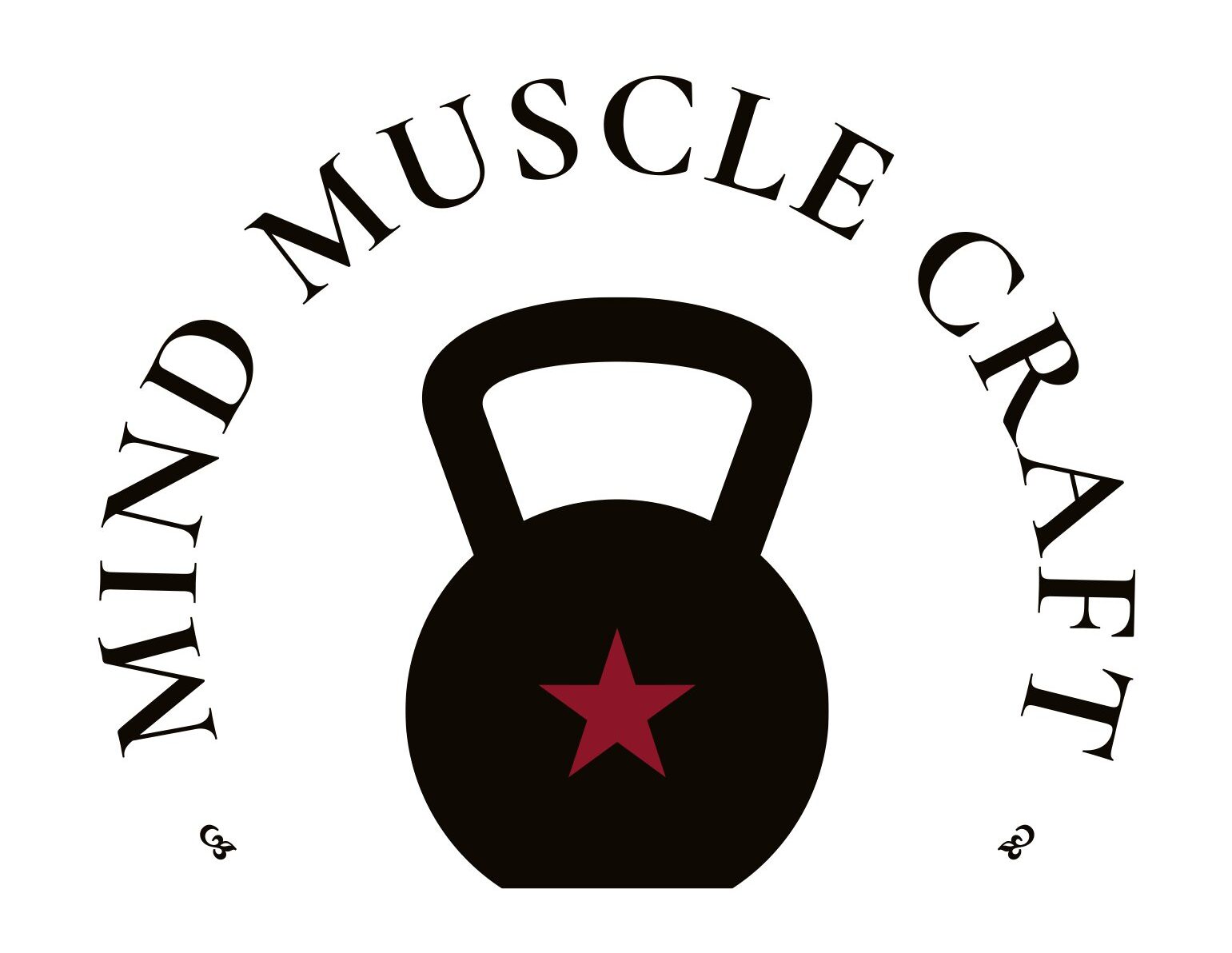Overview: Occlusion training, also known as blood flow restriction (BFR) training, involves applying external pressure, usually through tourniquets or wraps, to limit blood flow to specific muscles during resistance exercises. The goal is to induce metabolic stress and enhance muscle growth and strength.
Mechanism: Similar to BFR, occlusion training capitalizes on the principle of restricting blood flow to working muscles. This creates a unique environment that promotes muscle adaptations, even when using lighter loads.
How to Perform Occlusion Training:
- Equipment:
- Occlusion training typically involves the use of specialized occlusion bands or tourniquets. These are wrapped around the limbs proximal to the working muscles.
- Pressure Setting:
- The pressure should be tight enough to restrict venous blood flow but not arterial flow. A general guideline is to achieve a pressure that allows arterial blood flow while restricting venous return.
- Exercise Selection:
- Occlusion training is often applied to resistance exercises targeting specific muscle groups. Common exercises include leg press, bicep curls, or calf raises.
- Repetition Range and Rest Intervals:
- Aim for moderate to higher repetition ranges (15-30 reps per set) with shorter rest intervals (30 seconds to 1 minute).
- Frequency:
- Occlusion training is typically incorporated into workouts 2-3 times per week.
Safety Considerations:
- Occlusion training should be approached with caution. Incorrect application of pressure can lead to complications, including nerve or vascular damage.
- Ensure that the pressure applied allows for arterial blood flow to prevent adverse effects.
- Avoid occlusion around joints, and if tingling or numbness occurs, release the pressure immediately.
Body Parts Suitable for Occlusion Training:
- Occlusion training is commonly applied to the limbs, such as the upper arms (biceps/triceps) or upper legs (quadriceps/hamstrings). It is generally avoided around the joints.
Occlusion Training Example: Glute Bridge for Glutes
Equipment Needed:
- Occlusion bands or tourniquets
Procedure:
- Setup:
- Lie on your back with your knees bent and feet flat on the ground.
- Place the occlusion bands around the top of your thighs, just below the gluteal fold.
- Adjust Pressure:
- Tighten the occlusion bands to a level where you feel pressure but ensure that arterial blood flow is not overly restricted.
- Execution:
- Lift your hips toward the ceiling, engaging your glutes, and creating a straight line from your shoulders to your knees.
- Lower your hips back to the ground with controlled movements.
- Repetition Range:
- Aim for a higher repetition range, such as 15-30 reps per set.
- Rest Intervals:
- Keep rest intervals short, ideally 30 seconds to 1 minute between sets.
- Number of Sets:
- Incorporate 3-4 sets into your workout routine.
- Monitoring:
- Pay attention to any sensations like tingling or numbness. If experienced, release the occlusion bands immediately.
Notes:
- Placing the occlusion bands at the top of the thighs targets blood flow restriction to the glute muscles.
- Prioritize proper form to maximize benefits and minimize the risk of injury.
Occlusion Training Example: Leg Press
Equipment Needed:
- Occlusion bands or tourniquets
Procedure:
- Setup:
- Sit in the leg press machine and adjust the weight to a moderate resistance.
- Place the occlusion bands around the proximal portion of your thighs, ensuring a snug but not overly tight fit.
- Adjust Pressure:
- Tighten the occlusion bands to a level where you feel pressure but maintain arterial blood flow. Avoid excessive tightness.
- Execution:
- Perform the leg press exercise with controlled movements.
- Aim for a higher repetition range, such as 15-30 reps per set.
- Rest Intervals:
- Keep rest intervals short, ideally 30 seconds to 1 minute between sets.
- Number of Sets:
- Incorporate 3-4 sets into your workout routine.
- Monitoring:
- Pay attention to any sensations like tingling or numbness. If experienced, release the occlusion bands immediately.
Notes:
- Occlusion training with the leg press can effectively target the quadriceps and hamstrings.
- The combination of moderate resistance and occlusion may lead to greater metabolic stress and muscle adaptation.
Scientific Support: Numerous studies support the efficacy of BFR training. Research indicates that BFR can elicit muscle hypertrophy and strength gains comparable to traditional high-load resistance training. However, it’s essential to note that BFR should be approached cautiously, and individuals with certain health conditions should consult with a healthcare professional before attempting BFR training.
As with any advanced training technique, it’s crucial to seek guidance from a fitness professional or healthcare provider to ensure proper application and minimize risks.


Recent Comments